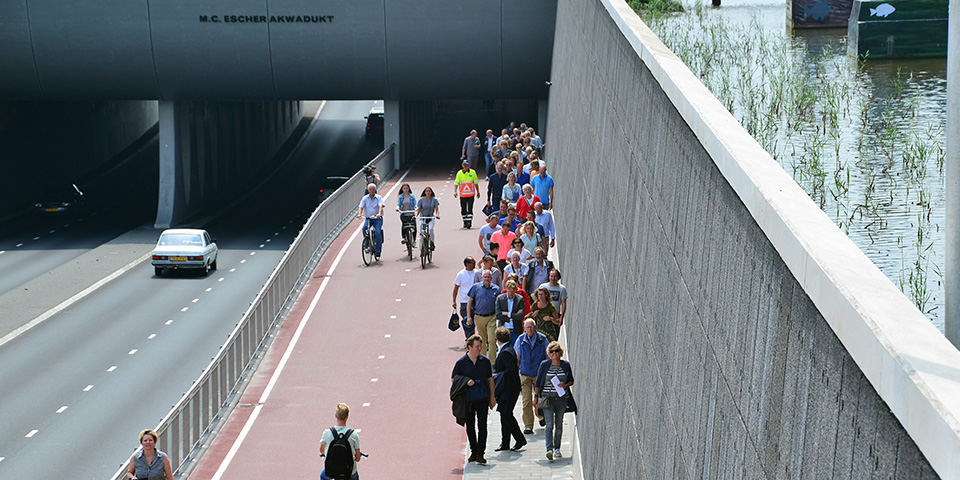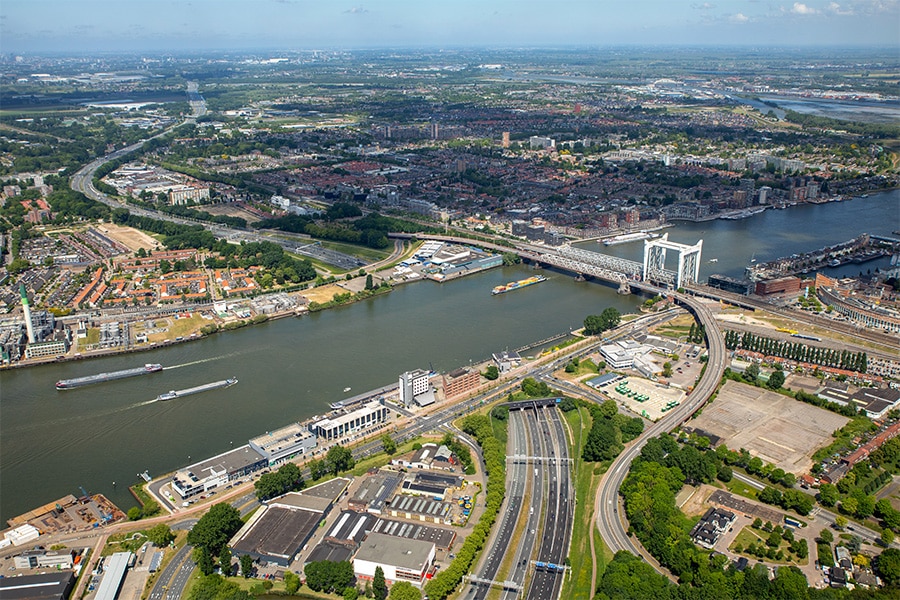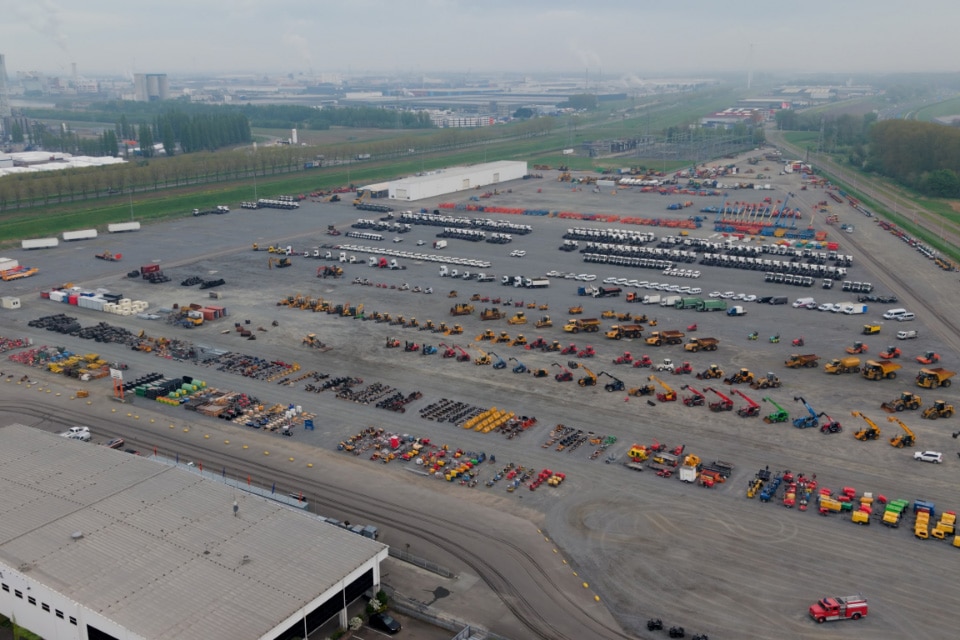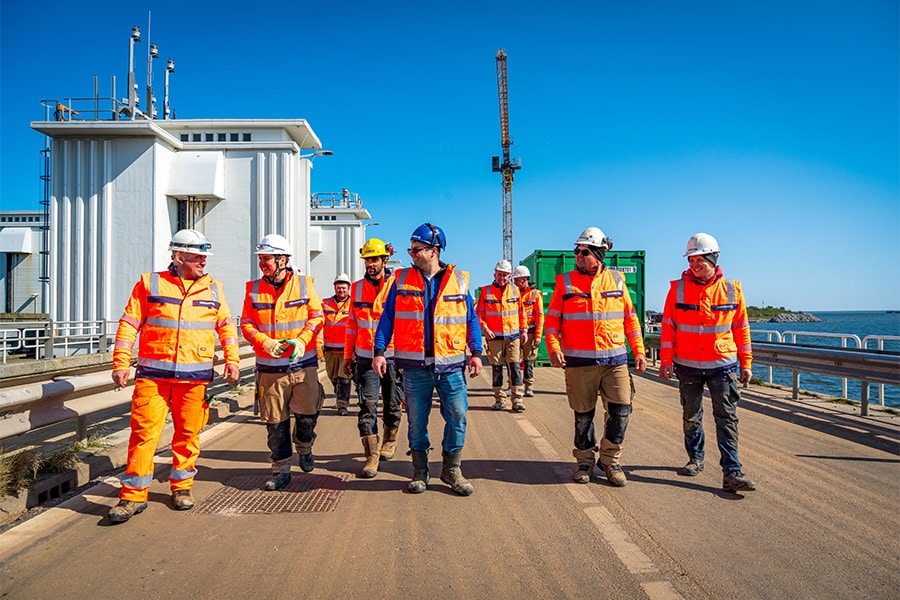
Leeuwarden aqueduct first with composite edge elements
For better accessibility to Leeuwarden, the 'M.C. Escher Akwadukt' has been constructed under the Van Harinxmakanaal canal. Composite edge elements were used for the first time. For the aqueduct in the Drachtsterweg, Advantage Composite BV is supplying composite edge elements to embellish the entrances. The company specializes in custom-made composite products for the civil, industrial and construction sectors, focusing on civil engineering.
Advantage Composite not only came up with composite solutions here, but also took care of the concept development, engineering, manufacturing and assembly of the parts. Director-owner Henk Duijn: "Our strength is that we can realize such a project ourselves from start to finish. Thanks to that knowledge and skills, Heijmans Infra, which is carrying out the work on behalf of Province of Fryslân, awarded us the contract."
Many application areas
Composite is a fiber-reinforced plastic with many areas of application. This is due to its positive properties such as high strength, load-bearing capacity, rigidity, low weight, insulating and conductive capacity, freedom of shape and very low CO2 footprint. This makes composite durable and virtually maintenance-free. Because of that freedom of form, many designs can be made with it. Partly because composite combines well with wood and steel, for example, which makes assembly easier.

Final work on M.C. Escher Akwadukt.
Unique in the Netherlands
That the material was used for the edge elements of an aqueduct is unique in the Netherlands. The total outdoor area of 640 m² is divided into 19 edge elements, 13 for the south side, 6 for the north side. Advantage Composite did a lot of work for this. Duijn: "In the first drawings, everything was still made of concrete. But the largest element is 53 m² and weighs 2 tons. In concrete this would be 63 tons, making it difficult to transport and hoist. Also, making half parabolas in concrete is quite difficult. In the end, the much lighter and shapeless composite was chosen, for which we did the engineering."
Then strength and stiffness calculations also had to be performed in relation to the suspension structure of stainless steel and hot-dip galvanized steel. In collaboration with Solico, we calculated whether all connections and assemblies are strong enough in relation to wind, snow and ground loads, as well as their own weight. The choice of materials and suspension structures to attach the composite to the aqueduct's concrete structure were also considered. Then the edge elements and the steel suspension structure were produced and assembled, including drilling the anchors. "Finally, we also performed the engineering, delivery and assembly of the stainless steel fencing including LED lighting along the bike path, and the stainless steel handrails on the edge elements," says Duijn. "A project that took us just under a year to complete."
Fire-resistant composite
Because an aqueduct is considered a tunnel, the fire requirements for the edge elements are those of the hydrocarbon fire curve. This necessitated a special composition of the composite laminate that can handle a temperature of 1100-1200 degrees for an hour. "This fire resistance together with all the other advantages makes composite an extremely suitable material to apply in an aqueduct," Duijn concludes.



